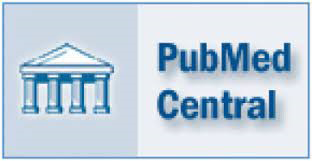Clinical Course of Hyperprolactinemia in Children and Adolescents: A Review of 21 Cases
Erdal Eren1, Şenay Yapıcı2, Esra Deniz Papatya Çakır2, Latife Aytekin Ceylan2, Halil Sağlam1, Ömer Tarım11Department Of Pediatric Endocrinology, Uludağ University, Faculty Of Medicine, Bursa, Turkey2Department Of Pediatrics, Uludağ University, Faculty Of Medicine, Bursa, Turkey
Objective: Hyperprolactinemia may be due to various etiological factors and may present with different signs and ptoms. It is relatively less frequent in childhood than in adulthood. The aim of this study was to evaluate retrospectively the clinical course and outcome of hyperprolactinemia in pediatric patients.
Methods: We investigated the records of 21 patients with hyperprolactinemia who attended a tertiary hospital.
Results: Menstrual problems, galactorrhea, and headache were the most common presenting symptoms. Hyperprolactinemia was due to microadenoma in 10, macroadenoma in 7, and was drug-induced in 4 patients. Bromocriptine and cabergoline were equally effective in lowering serum prolactin levels. Surgical treatment in children with macroprolactinoma was not curative and dopamine agonist therapy was required postoperatively.
Conclusion: In the presence of any clinical symptom or sign suggestive of suppression of the pituitary-gonadal axis, hyperprolactinemia should not be forgotten as a probable diagnosis. Medical therapy seems effective in microadenoma. Surgical therapy may not be successful in macroadenoma and recurrence is frequent.
Manuscript Language: English



























